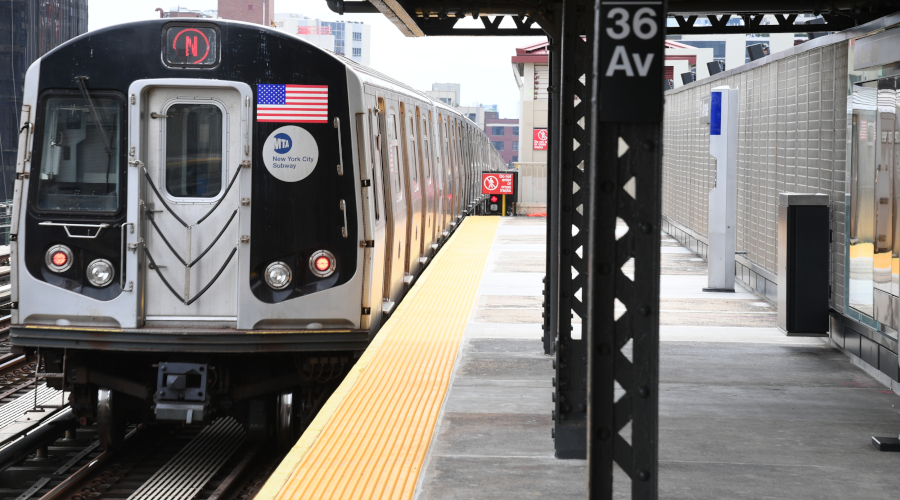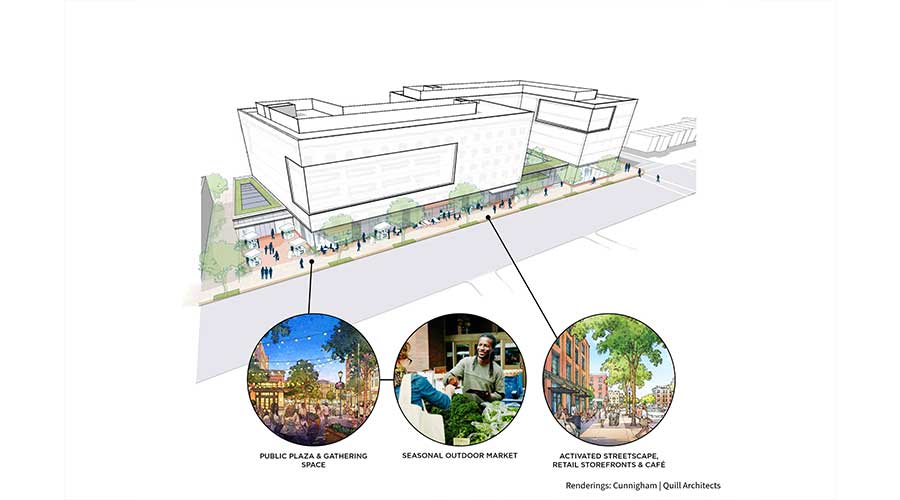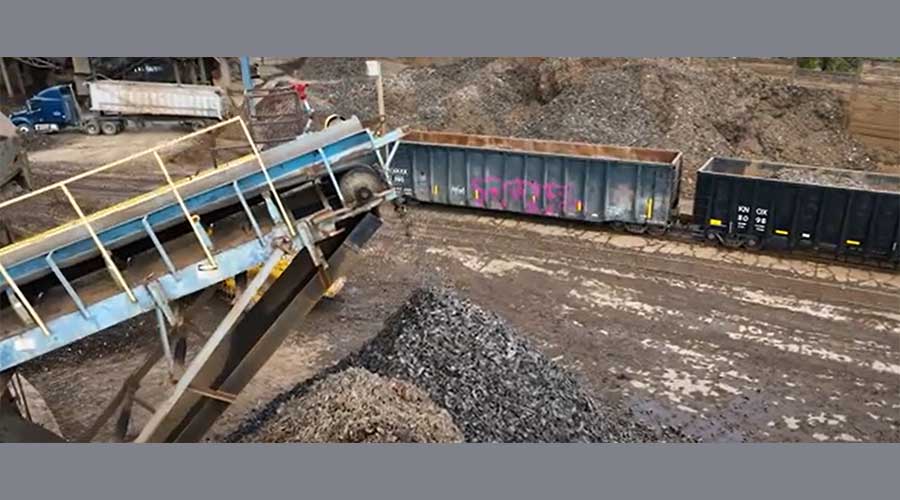Stay updated on news, articles and information for the rail industry
7/9/2020
Rail News: Security
EPA studying disinfectants for trains, stations

U.S. Environmental Protection Agency (EPA) researchers are evaluating a number of commercially available products for potential long-lasting effectiveness against the coronavirus on trains and at stations.
The EPA Office of Research and Development Center for Environmental Solutions and Emergency Response is conducting the research, using the surfaces that mimic the high touch point on mass transit trains and stations, EPA officials said in a press release.
EPA is working with the Metropolitan Transportation Authority (MTA) to evaluate anti-microbial products across New York City Transit to determine their ability to provide effective antivirus protection over time.
"While the country begins to safely reopen, we understand that mass transit is a concern to the public and our scientists are actively addressing these challenges," said EPA Administrator Andrew Wheeler.
Currently, EPA-registered products that claim long-lasting effectiveness are limited to those that control odor-causing bacteria on hard, nonporous surfaces. There are no EPA-registered products that claim long-lasting disinfection.
The benefit of longer-lasting antimicrobial product is the reduced need to clean and disinfect a surface or object every time after someone new touches it, EPA officials said. Transit agencies around the country currently are using multistep cleaning and disinfection processes, but would greatly benefit from a product that had long-lasting capabilities, they added.
In addition, EPA researchers are also evaluating other high-efficiency alternative methods to disinfect, such as ultraviolet light, ozone and steam that could be used on public transit systems to keep trains, buses and facilities clean and safe for passengers. They are also studying disinfectant application methods such as electrostatic sprayers or foggers.
As part of that effort, EPA has partnered with Los Angeles County Metropolitan Transportation Authority to evaluate new technologies, including UVC lighting and air filtration systems to combat the virus that causes COVID-19 on public transit systems.
Contact Progressive Railroading editorial staff.


 2025 MOW Spending Report: Passenger-rail programs
2025 MOW Spending Report: Passenger-rail programs
 Gardner steps down as Amtrak CEO
Gardner steps down as Amtrak CEO
 Guest comment: Oliver Wyman’s David Hunt
Guest comment: Oliver Wyman’s David Hunt
 Women of Influence in Rail eBook
Women of Influence in Rail eBook
 railPrime
railPrime







